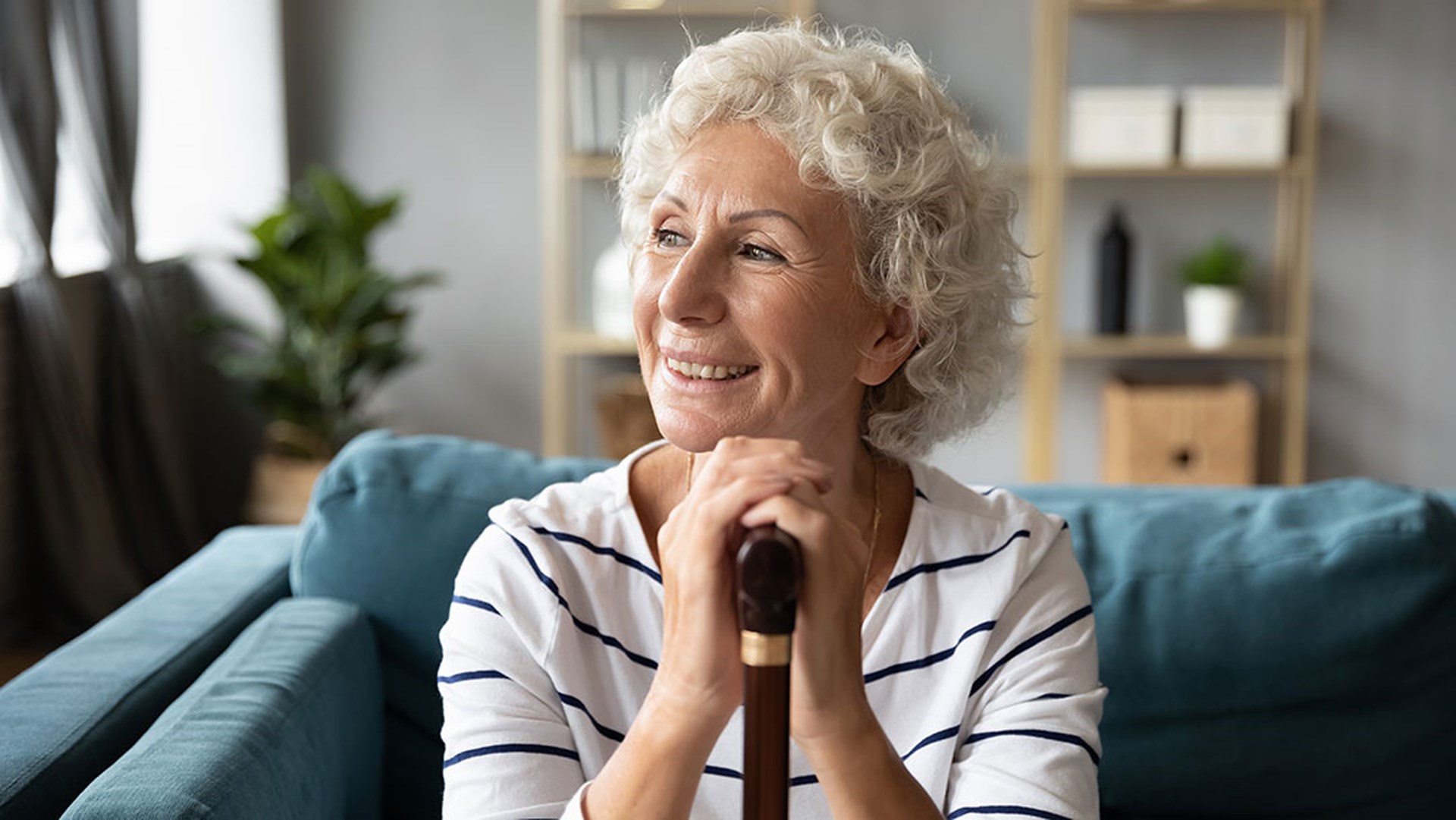Enhancing Safety and Ease of Use: Compression Hosiery's Role in Reducing Falls and Simplifying Donning for the Elderly
This MOH Focus presents the promising findings of two studies that will motivate elderly people and their caregivers to use compression therapy. This paper is available to download in English, Chinese, French, German, Italian, Polish and Spanish.

Background
Compression therapy in the elderly is an effective treatment for chronic venous insufficiency (CVI). However, it is met with skepticism due to the practicalities of applying & removing medical compression stockings (MCS).
Study 1: MCS & postural stability
Aim
Elderly people are at greater risk of falls than younger people. This study (1) investigated whether leg stimulation with MCS aids postural regulation in the elderly.
Experimental procedure
The effects of MCS on postural stability were evaluated on stable and unstable surfaces during a balancing task.
Participants:
- 46 participants
- healthy
- 65-84 years
- male: n=23
- female: n=23
Treatments:
- barefoot
- placebo
- 8-15 mmHg MCS
- 20-30 mmHg MCS
Primary endpoints:
Stabilometric parameters measuring somatosensory function. Their decrease is associated with a reduced risk of falling.
Results
MCS reduced the levels of stabilometric parameters (especially on an unstable surface). MCS had an immediate positive effect on somatosensory function and postural regulation.
Study 2: MCS and donning devices
Aim
Donning and doffing medical compression hosiery is extremely difficult for elderly patients. This study (2) examined whether donning devices facilitate donning in the elderly.
Experimental procedure
Successful donning of MCS was analyzed either with or without donning devices.
Participants:
- 40 patients
- >65 years
- severe CVI (C4-C6)
- male: n=17
- female: n=23
MCS:
- one 40mmHg
- two superimposed 20+20mmHg
Donning devices:
various, including EasySlide, EasySlide Caran (SIGVARIS), or none.
Primary endpoints:
- Complete donning and correct positioning of MCS
- Subjective patient evaluation
Results
Donning devices significantly improved donning success. SIGVARIS devices were among the most successful. Donning with a device was rated significantly better than without.
Take-home message
Wearing knee-length compression socks could be included as a viable intervention in addition to other forms of balance training to reduce the risk of falling in elderly people.
Donning devices should be mentioned by physicians to encourage elderly patients and their caregivers to wear and comply with compression therapy.
